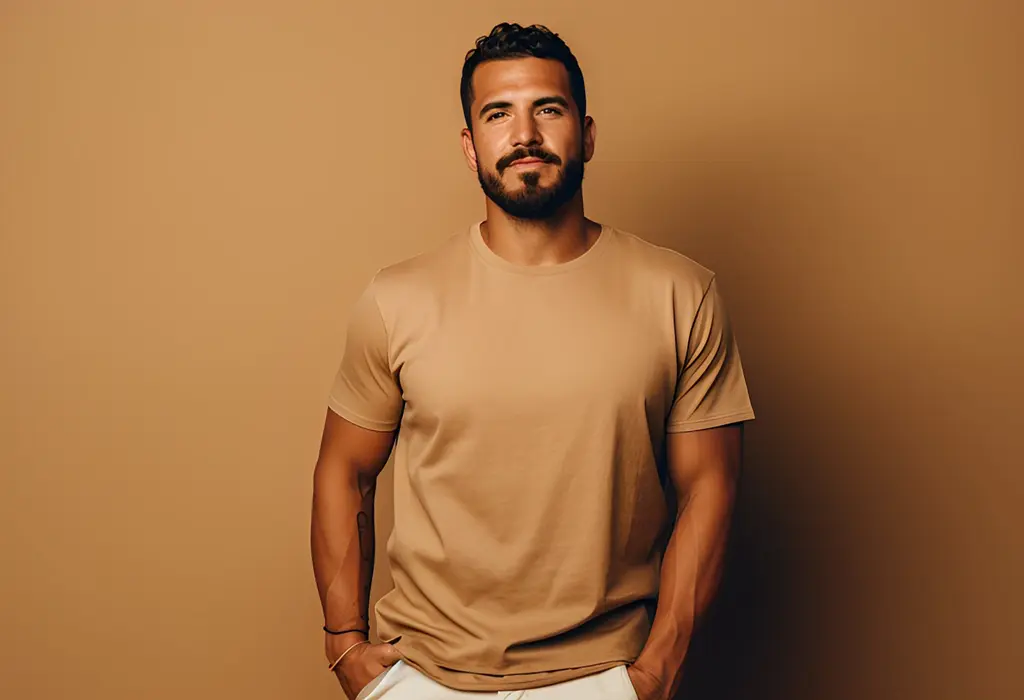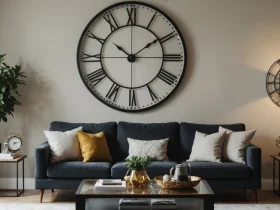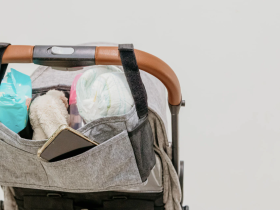Designer shirts come with details like sharper collars, richer fabric, better fits. But if you don’t pick one that aligns with your body’s proportions, even a pricey shirt can look… unintentional.
This guide will explain what works when it comes to designer shirt picks, based on how your body is shaped and how a shirt should respond to it. Let’s go look into size considerations and dive into fit logic.
Tall and Lean
Shirts feel too long, too loose, or awkwardly empty in the chest. You look like a mannequin instead of the focus. Many shirts are cut to accommodate average proportions. For tall, slim bodies, that means extra vertical space, which turns into visual gaps unless balanced with structure.
What can fix it:
- Oversized with intent: Boxy fits (not baggy) create volume and balance out height.
- Layering helps: Open overshirts or structured outerwear fill the chest visually.
- Mid-rise trousers and slight tucks: This combo breaks vertical flow and resets your proportions at the waist.
Avoid ultra-slim fits that hug the waist and float at the hem, they stretch your frame instead of grounding it.
Shorter Height / Short Torso
A shirt that ends below your fly cuts your height in half. That’s the first thing to fix. The second? Collar and seam placement.
- Length matters: Designer Shirts for men that end just above or at mid-fly create better vertical balance.
- Keep collars light: Stiff or high-band collars shorten your neck visually.
- Tucks work, if partial: A clean front tuck with an untucked back hem elongates the leg line while softening the torso cut-off.
Stick to regular-fit or cropped styles. Oversized pieces may look trendy but often overpower a shorter frame.
Broader Frame / Big Chest and Arms
Designer shirts often default to slim or tapered cuts, which is great for lean frames, but not ideal if you’re naturally broad across the chest, shoulders, or arms. If you’ve ever buttoned up a shirt only to feel like it’s pulling across your torso or puffing out awkwardly, it’s not you — it’s the cut.
The key isn’t to size up. It’s to choose shirts that respect your structure from the start.
What usually goes wrong
- Stretchy slim fits cling to the chest and arms, creating tension and pull lines
- Lightweight cotton lacks structure, so it collapses across the torso and makes your upper half look even wider
- Narrow collars feel cramped and throw off the visual balance of your frame
What works better
- Straight-cut shirts that fall cleanly from the shoulder, giving room without looking boxy
- Midweight fabrics like Oxford, twill, or structured linen that hold their shape and add subtle structure
- Open collars or Cuban collars to visually soften the chest and open up your neckline
- Mid-hip length hems, untucked, long enough to flow, short enough to stay sharp
Athletic / V-Shaped Build
You’re fit. Broad shoulders, tapered waist. The shirt fits at the chest — but balloons near the stomach. Or, it hugs the arms but lifts weirdly when you sit.
What’s happening is the V-shape effect. Most shirts aren’t built for upper-heavy proportions.
Look for:
- Tapered fits (not slim). These are wider at the top, narrower near the waist.
- Yoke attention: A wide back yoke ensures the shirt moves with your shoulders, not against them.
- Buttons that don’t gap at the top two levels, that’s a sign of strain across the chest
Lightly structured cottons with a bit of give (like cotton-spandex blends) hold up better for regular movement.
Wider Midsection / Rounder Belly
– Structure over size, don’t settle for shapeless fits
Not every designer shirt is built with fuller waists in mind — but that doesn’t mean settling for oversized silhouettes. The right shirt should offer ease without looking loose, and flow without losing shape.
– Let the shirt fall, not hug
Go for a slightly boxy cut that gives your midsection breathing room, but make sure it’s anchored with defined shoulders. That’s what stops the look from feeling sloppy. Drop shoulders or full oversized styles tend to blur your frame and turn ease into bulk.
– Small details carry the shape
Shirts with a curved hem fall more naturally when untucked, they avoid bunching at the sides and add better drape. Stick to tonal or micro-print patterns that draw attention away from the centre. Even button spacing makes a difference, for example – wide gaps can pull across the waist, while tighter spacing keeps the panel clean and uninterrupted.
– The finish should feel effortless
You’re not trying to hide your shape — you’re guiding it. Choose shirts that let your frame move comfortably but look considered while doing so.
When to Tuck, and When to Let It Hang
| Body Type | Better Tucked? | Works Best Untucked? | Notes |
| Tall & Lean | Half-tuck | Yes (with volume) | Avoid longline cuts |
| Shorter Build | Yes (clean tuck) | Rarely | Cropped hems work well |
| Broad Frame | No | Yes | Mid-hip, straight hem |
| Athletic Build | Yes | Depends on taper | Watch hem lift |
| Wider Waist | No | Yes (curved hem) | Skip elastic or tight waist zones |
Tucking changes proportion. Use it to shift focus up (clean tuck) or break up long torsos (half tuck). If the shirt is too long to tuck without bulking, it probably wasn’t designed for your frame.
Fit Is Style Decision
The right designer shirt doesn’t just sit on your body — it supports it. Whether you’re dressing for work, a date, or just casual wear, matching the shirt’s fit to your frame avoids awkward lines, unnecessary discomfort, and that feeling of “this isn’t working.”
Don’t rely on trends or model shots.
Rely on how the shirt plays with your proportions.












Leave a Reply